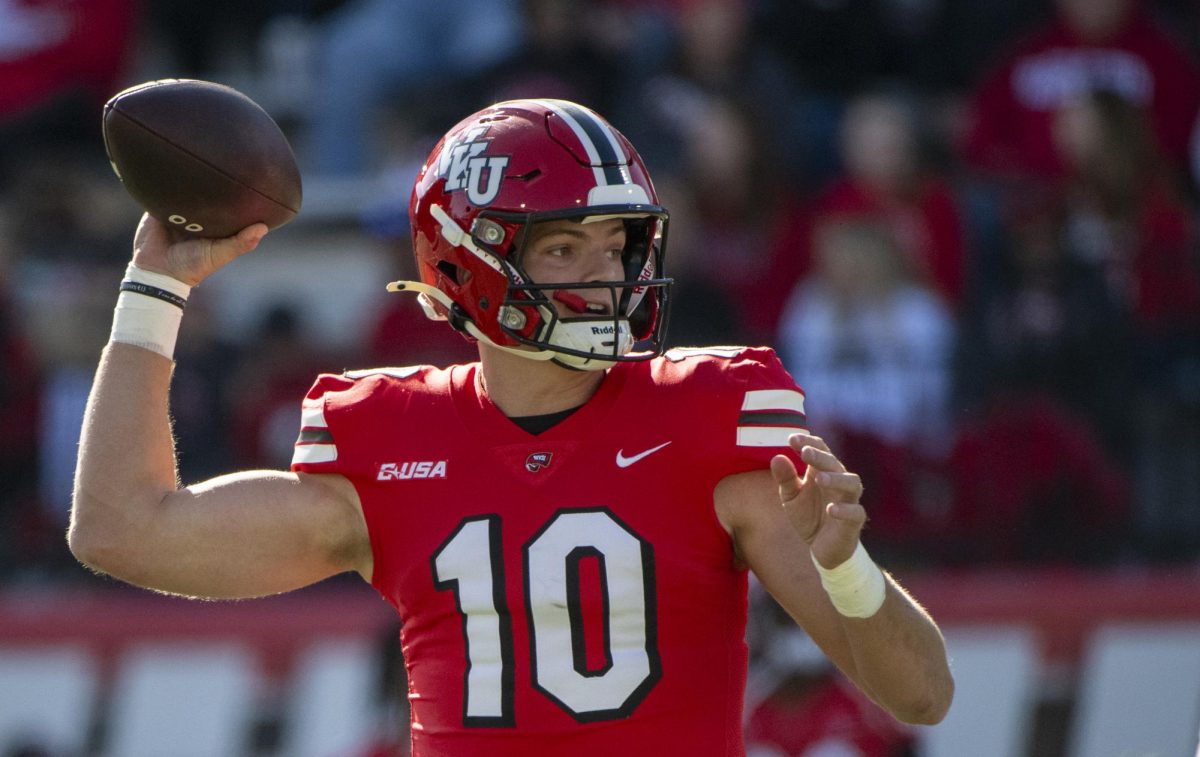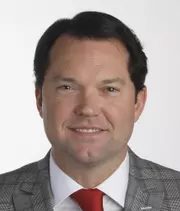Preston accommodates users of all ability levels
September 14, 2016
One of the challenges faced by those living with physical disabilities is maintaining a healthy lifestyle, specifically through fitness and exercise.
Blake Perkins, a WKU graduate student in the doctorate physical therapy program, has been in a wheelchair for just over five years. He said he had to adjust by figuring out what his limits were when exercising.
“I ended up hurting myself more than helping myself in the beginning,” Perkins said. “For me, it was a lot of trial and error.”
Perkins said from his personal experience, the perspective of what fitness means is drastically different from that of an able-bodied person.
“You exercise and you work out with the goal of function rather than aesthetics,” he explained.
Matt Davis, Student Accessibility Resource Center coordinator, said he would like students to know there are resources available to help maintain health and fitness.
“If you have a disability, especially a physical disability, there’s going to be health setbacks in a lot of cases,” Davis said. “There are resources out there; you just have to know how to tap into them.”
SARC will be hosting events in October for National Disability Employment Awareness Month, including a wheelchair basketball game and a movie screening. In the past, they have also hosted murder ball exhibitions, which is wheelchair rugby.
“If you have physical disabilities and you aren’t sure how to get started [with exercise], my advice would be to go through the internet, through YouTube or a Google search,” Perkins said. “Explore as much information as possible. No two disabilities are the same, so a generalized workout program for everybody is not feasible.”
The big picture is to do as much as you possibly can without hurting yourself, and doing it consistently, Perkins said.
The Preston Center completed renovations in 2010, including a specific design to make the facility accessible to those with disabilities, according to Steve Rey, director of intramural-recreational sports.
“We did a general assessment of the Preston Center, starting from the front door,” Rey said. “We also looked at our locker rooms and restrooms to make sure they are accessible for wheelchair users.”
“They’ve made big strides at the Preston Center, making it more accessible for students,” Davis said.
In addition to making the facility wheelchair accessible, the center installed equipment designed to make exercise easier for those with disabilities, including two chair lifts and a ramp in the natatorium.
The fitness center also includes exercise equipment designed specifically for disabled users, whether they’re in a wheelchair, an amputee or have limited range of motion. These pieces of equipment offer removable seats, making them wheelchair accessible as well as a “pistol grip,” which allows users to adjust the equipment one-handedly, benefiting amputees.
“The equipment over there is fantastic,” Perkins said. “There’s not many gyms I know of that have that, so it’s an incredible resource for people to use.”
Rey explained there are a lot of students categorized as disabled users of the facilities, whether they’re wheelchair-bound or faced by another disability.
“Matt [Davis] has helped us on an annual basis to go through the facility with us to make sure we’re staying up to date with the current standards,” he said.
Andrew Jones, fitness coordinator, said Preston’s staff is trained to show these students how to use the equipment, though not how to personally train them. When students need more help figuring out the best workout routine for them, they are transferred to fitness trainers at the Health and Fitness Lab.
“All of our trainers are certified through nationally accredited organizations, and there’s an emphasis on different populations,” Jones explained. “There is a lot of content in those courses to learn how to help people with disabilities, so that gives us the ability to better serve them.”
Rey said in 2010, after Preston’s renovations were completed, there were two students in wheelchairs who came to exercise regularly and use the adapted equipment. The number of disabled users changes from year to year, he explained, and added they’re constantly looking to accommodate the needs and interests of students.
Reporter Emma Austin can be reached at 270-745-2655 or [email protected]. Follow her on Twitter at @emmacaustin.











